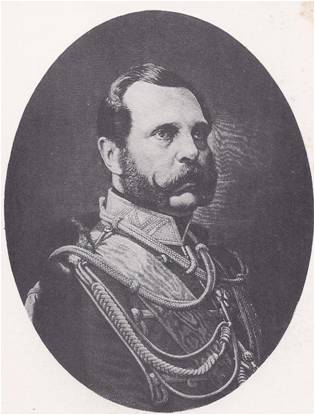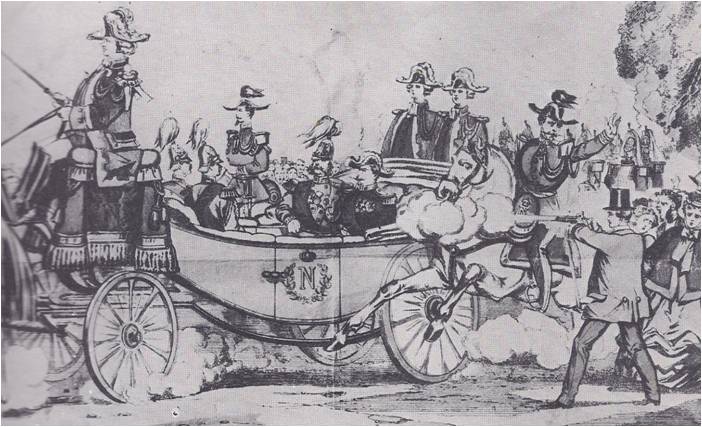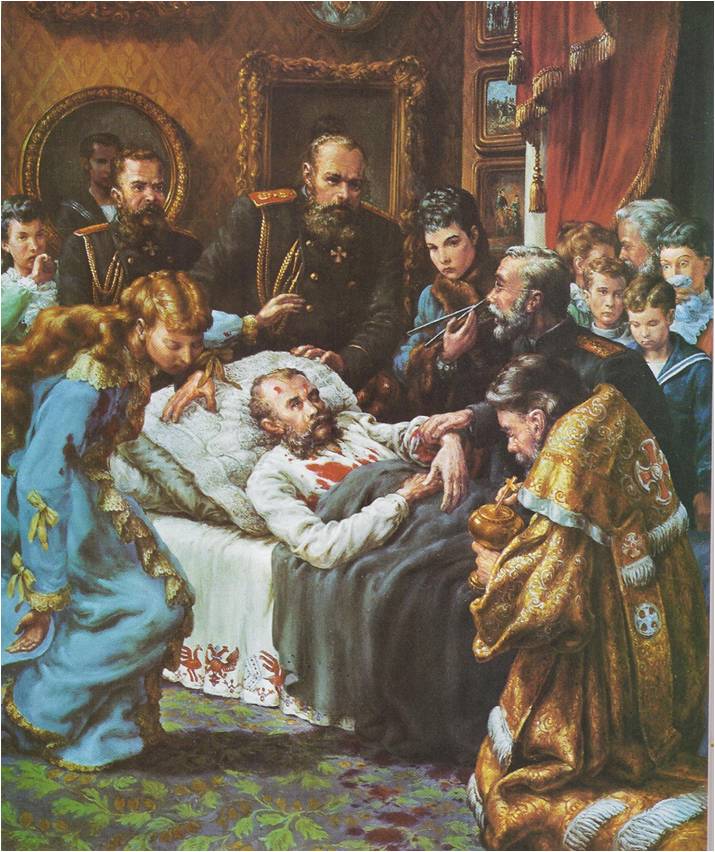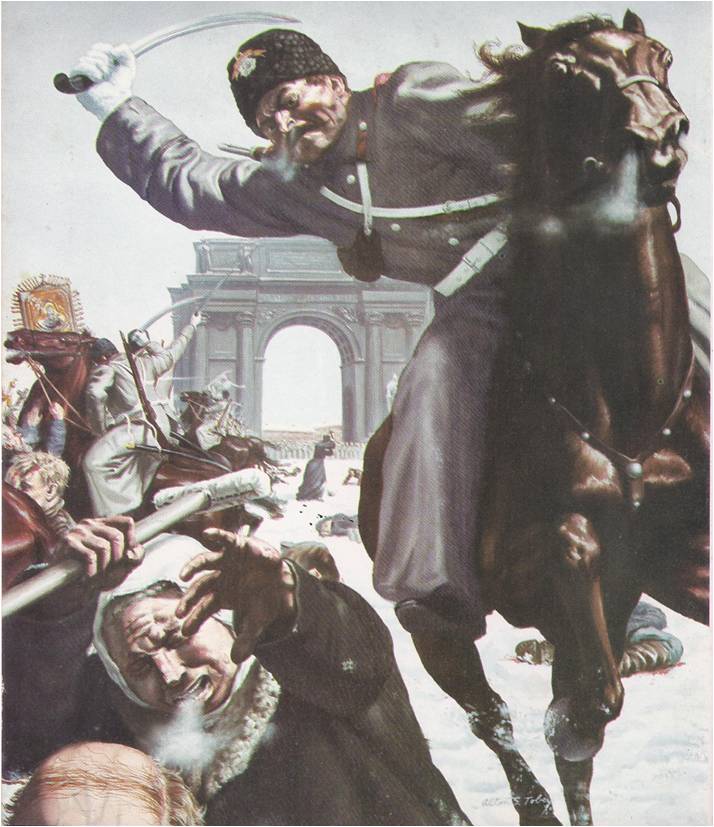IT WAS a Sunday in January of 1905 and snow lay on the ground and rooftops of St. Petersburg, the capital of Russia. Although winters were cold in this northern city and it seemed like a day to sit indoors before a warm fire, many people were hurrying through the streets. About 200,000 men, women and children gathered in huge crowds, their breath making puffs of vapour in the frosty air. Soon they formed processions and began marching across the hard-packed snow. As they tramped along in ragged lines, they sang the national anthem, “God Save the Tsar.” Many of them carried icons-religious paintings — or pictures of their ruler, Tsar Nicholas II, whom they called “the Little Father.”
The processions started from various points of the city, but they all moved toward the same place — the tsar’s Winter Palace. Yet, this was no celebration, no festival, no holiday. The marchers were not parading for pleasure. The city’s metal workers had staged a four-day strike for better working conditions, such as the eight-hour day. To teach them a hard lesson, their employers had then shut down the shops, completely cutting off their pay. Now the workers were going to the palace to ask the help of the tsar. At the head of one of their processions walked Father Gapon, the priest who was their leader. He would present petitions to the Little Father.

So the people marched under the heavy winter sky, singing their country’s song, holding up the icons of their saints and the pictures of their ruler, but the Little Father was suspicious of his children. Afraid that they might rise up against him, he had called out his soldiers and left St. Petersburg. As the processions drew closer to the centre of the city where the palace stood‚ the soldiers blocked off the streets. Suddenly, obeying their officers’ orders, the soldiers raised their rifles and fired into the crowd. The marchers fled, crying out with rage and fear. The soldiers fired again and again and there was blood on the snow. No one ever knew exactly how many of the marchers were killed, but the number was between five hundred to a thousand, that day became known as “Bloody Sunday.”
“THE DARK PEOPLE”
It was not the first time in recent years that there had been blood on the snow. Russia was a land of tyranny and the tsars did not hesitate to use violence against their own people. As usual, violence was answered with violence. The people had no vote and no part in the government. If they wanted a change in the way they were ruled, they, too, had to use violence.

There was great need for a change. Until about the middle of the nineteenth century, more than forty million Russians were serfs. Other European nations had done away with serfdom, but in Russia it went on as it had in the Middle Ages. The serfs were little better than slaves. Although they were farmers, they could not own land. They could not work where they pleased, or live where they pleased, or even marry whom they pleased. They had no rights in the courts of law. They were given no education and few of them could read or write. Living in the darkness of ignorance and poverty, they were often called the “Dark People.”
When Alexander II became tsar in 1855, he realized that the serfs were becoming more and more dissatisfied. He said, “It is better to abolish serfdom from above than wait until it begins to abolish itself from below.” He realized that if he did not free the serfs himself, they might revolt against their masters, overthrow the government and free themselves. In 1861 — two years before Abraham Lincoln signed the Emancipation Proclamation, which freed the slaves in the United States — Alexander II ordered serfdom in Russia “forever abolished.”
Alexander II also ordered other reforms. He set up local government councils, called zemstvos‚ in the farming areas. Peasants called up to the army no longer had to serve for as long as twenty-five years; they now served six years in the regular army and nine in the reserve. Even so, life was hard for the peasants. They were allowed to buy or rent land from the aristocrats, but the high payments and taxes made it impossible for them to live decently. They still did not have all the rights that had been given to other Russians. Furthermore, there was no freedom of speech or of the press for anyone, let alone for the peasants.

In spite of his reforms, Alexander II had no intention of giving up his power as tsar. He mercilessly smashed a rebellion in Poland. In Russia itself, he had many weapons to use against those who opposed him. He had the police and the army. He had the Cossacks, the skillful horsemen and savage fighters who were organized into special cavalry units. He could execute people, imprison them, or send them out of the country into exile. With these weapons, he put down uprisings of peasants and demonstrations by students of the universities. He put down ideas as well, for his ministers controlled education and censored newspapers and magazines.
Yet he could not stop people thinking. During his reign, writers such as Tolstoy, Turgenev and Dostoyevsky were writing books that would become famous throughout the world. Musicians like Borodin, Moussorgsky‚ Rimsky-Korsakov and Tchaikovsky were composing music. Scientists like Mendeleyev and Metchnikoff were at work. Most important of all to Alexander II, there were men who were thinking and writing about politics and government.
Many of these men had been exiled to other lands, but their books and ideas were smuggled into Russia. A new political movement sprang up. It was called the narodnik movement, taking its name from the Russian word narod, which means “the people.” The narodniks were not satisfied with reforms. They wanted to replace the tsar with a completely new government that would give land to the peasants and freedom to all Russians. This, of course, meant revolution and the revolution would have to come from the people, particularly the peasants. When the narodniks tried to carry their message to the peasants, they met with little success. Most of the narodniks were well educated and the uneducated peasants were suspicious of them. Besides, there were no more than a few thousand narodniks in all and it was an easy matter for the police to track down and arrest any of them.





